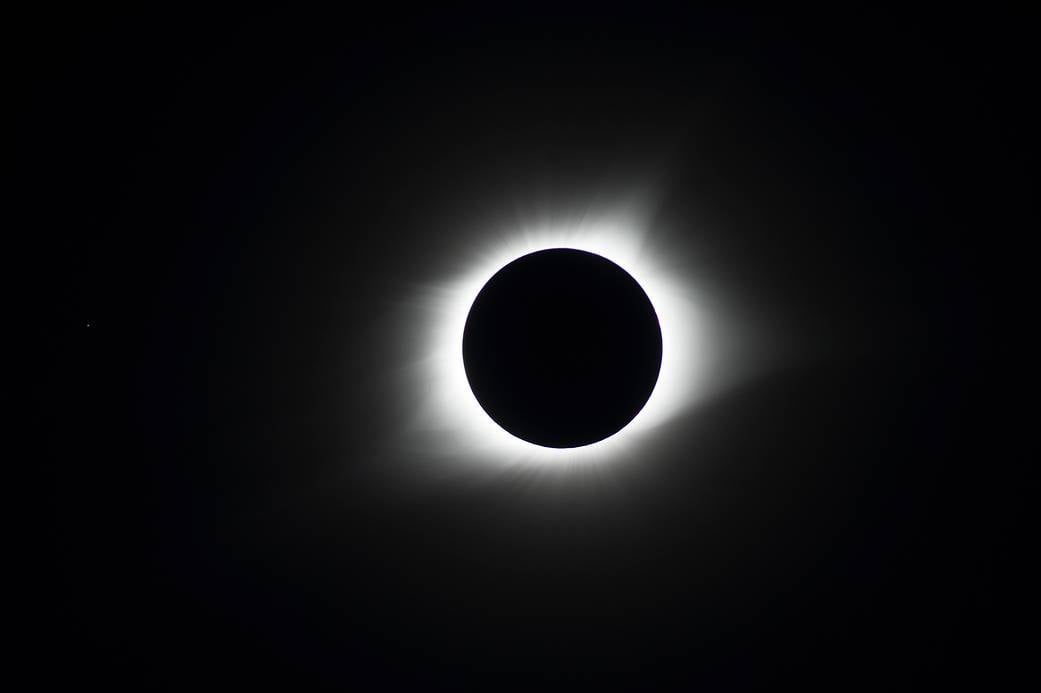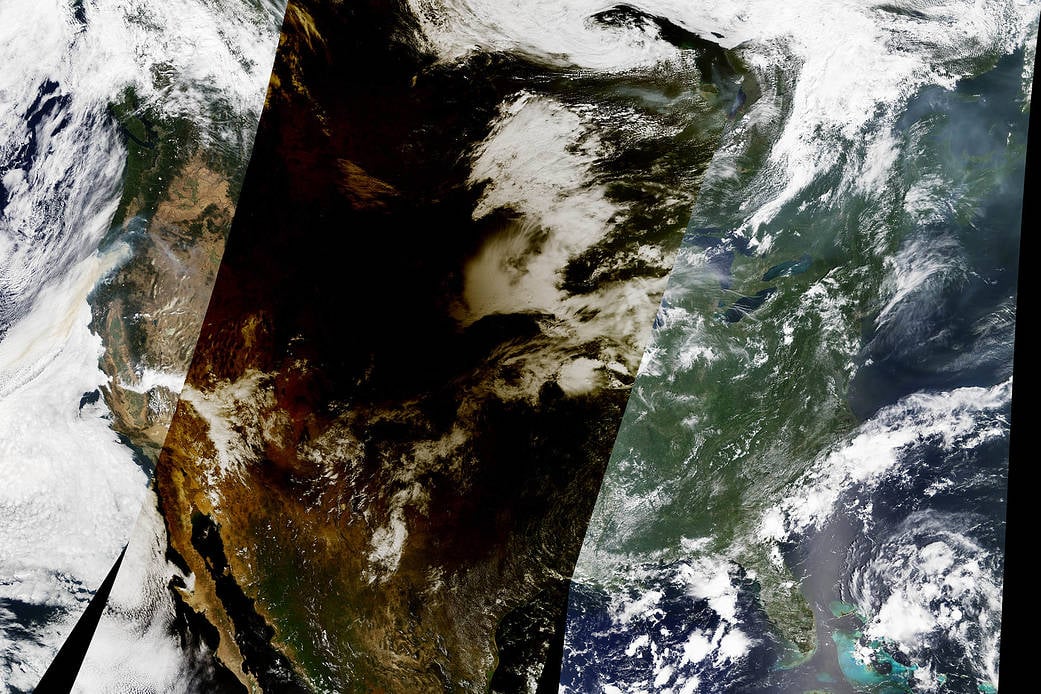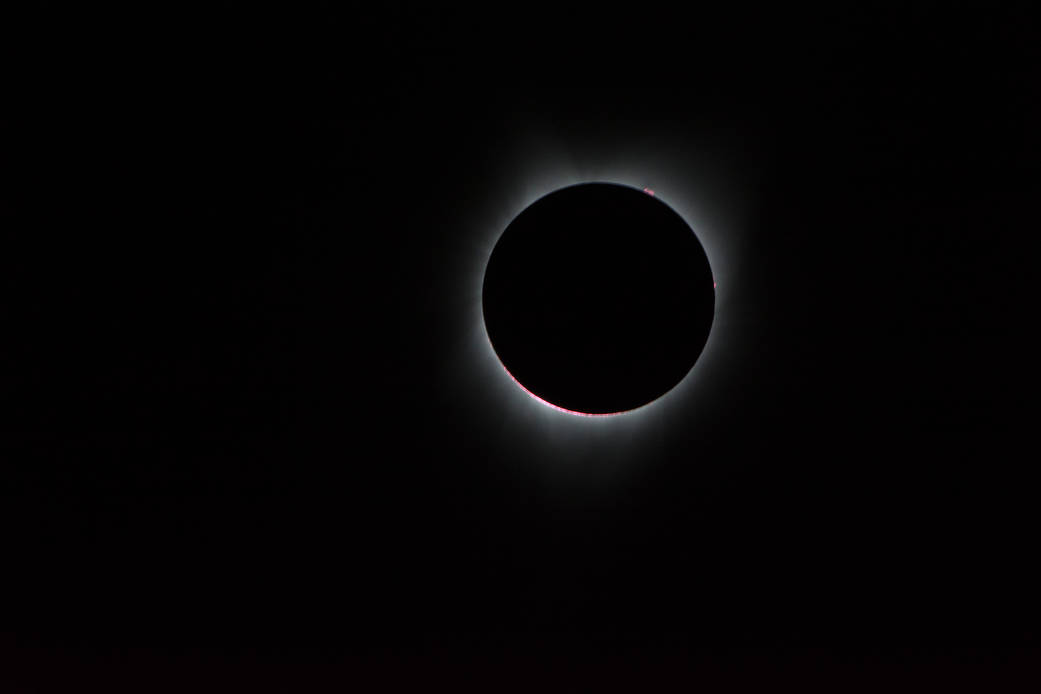
On Monday, August 21, millions of Americans across the country donned their protective eyeglasses to watch the highly anticipated total solar eclipse. Though the eclipses, which occur about every 18 months, are not rare, this one was historic. It was not only the first total solar eclipse visible from the mainland U.S. in more than 38 years, but also the first to be seen coast to coast in almost a century.

The crowds cheered as the moon briefly obscured the sun, plunging cities all the way from Oregon to South Carolina into darkness. A shiver ran down many spines as the temperatures dropped dramatically, by up to 12 degrees Fahrenheit, during totality. Those fortunate enough to have clear skies not only saw the corona, the sun’s outer atmosphere, which is usually not visible in the sun’s glare but also the bright stars and planets.

Unfortunately, the weather was not cooperative everywhere. The crowds gathered in Charleston, SC, the last big city in the path of totality, had to contend with a thick cloud cover when the partial eclipse began at 1:17 pm. It did thin out a little as totality took place at 2:46 pm, allowing for a good view of the eclipse, but not the sun’s corona! However, some spectacular bolts of lightning that occurred just as the moon covered the sun helped ease the disappointment somewhat. Even those not in the 70-mile wide path of the total solar eclipse had something to look forward to, since a partial one was visible across all 50 states!

All in all, the rare event, believed to be the most observed and most photographed eclipse in history, was a huge success. As Bill Nye aka "the Science Guy" succinctly put it, "Experiencing an eclipse changes the way we feel about space and how we are connected. I hope this moment reminds us all that we share a common origin among the stars and that we are all citizens of the same planet."
Resources: abc.go,com, vox.com,telegraph.co.uk